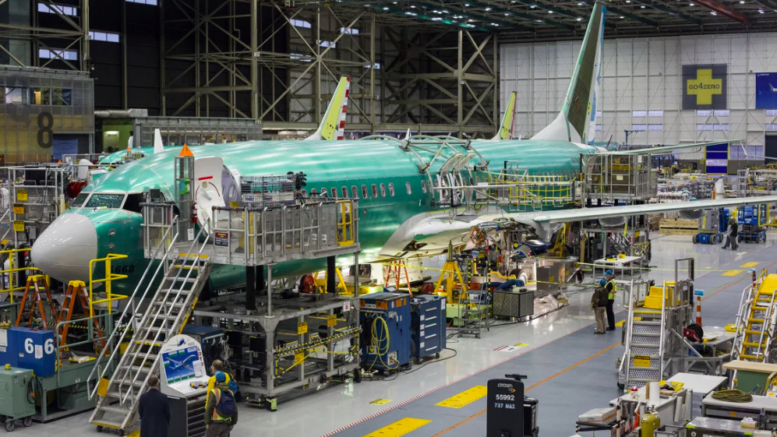The US Federal Aviation Administration (FAA) has issued a directive urging airlines to inspect door plugs on an earlier version of Boeing 737 airplanes. This comes in the aftermath of an incident where a door plug on a newer Max model of the aircraft blew out during an Alaska Airlines flight earlier this month. The FAA specified that airlines operating the Boeing 737-900ER model, though not part of the newer Max fleet, should conduct visual inspections of mid-exit door plugs to ensure proper securing of the door. The 737-900ER shares the same door plug design as the Max model, according to the safety alert for operators issued by the FAA.
Boeing’s shares experienced nearly a 3% decline in premarket trade on Monday following the safety alert. The directive adds to the challenges faced by Boeing, which has encountered repeated quality and safety issues with its aircraft in recent years, resulting in the extended grounding of some planes and delayed deliveries of others. The stock has dropped approximately 14% since a similar incident involving a Max 9 airplane, where a door plug shot out during a flight from Portland, Oregon, to Ontario, California, prompting an emergency landing.
In response to the FAA directive, Boeing stated that it “fully” supports the FAA and its customers in the regulator’s latest action. Since the recent incident, some airlines have inspected earlier-built Boeing planes and reported findings related to bolts holding the door plugs in place. The FAA did not disclose specific details about these findings. United Airlines and Alaska Airlines, after inspecting newer Max 9s, also identified loose bolts. Both United and Delta Airlines have initiated inspections of their Boeing 737-900ER aircraft and anticipate no disruptions to operations.
Importantly, the FAA notice does not ground the earlier generation of planes but recommends that airlines conduct inspections of door plugs and bolts “as soon as possible.” Meanwhile, the newer Max 9 aircraft continue to be grounded in the United States, and the FAA is reviewing data collected from inspections of 40 sample aircraft to determine the safety of allowing them to resume flights.

